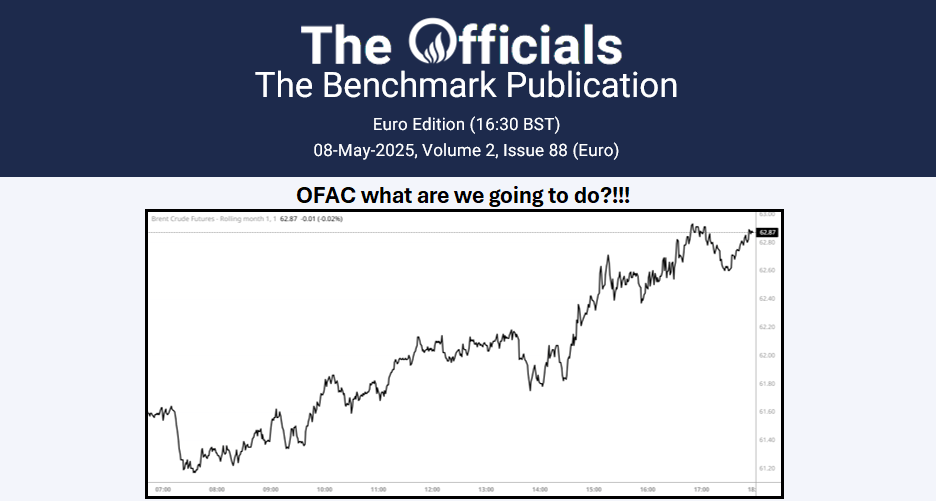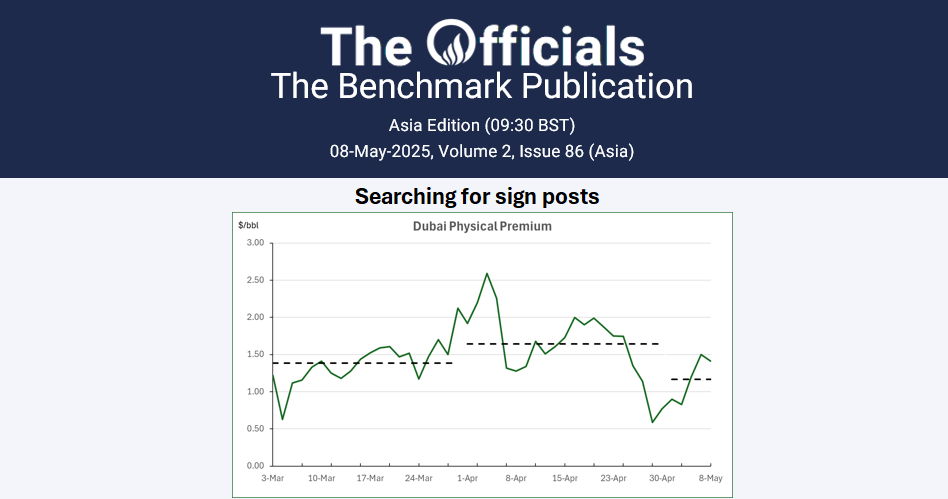The prompt Brent Futures contract has seen a weaker morning, trading down from highs around $67.40/bbl to $66.08/bbl, where it prints at the time of writing (11:06 BST). In headlines, US-Iran nuclear negotiations have progressed well, with both sides reporting encouraging progress in their second round of talks in Rome. “Today, in Rome, over four hours in our second round of talks, we made very good progress in our direct and indirect discussions,” a senior Trump administration official told CNN. Echoing the sentiment, Iran’s Foreign Minister Abbas Aragchi stated, “I can say that there is movement forward. We’ve reached better understanding and agreement on some principles and goals in these Rome negotiations.” A successful deal could bring Iranian crude back to the market, adding to global supply at a time when OPEC+ also plans to increase output by 411kb/d starting in May. Despite the group’s efforts to rein in overproduction, such as Iraq and Kazakhstan submitting updated plans for compensatory cuts, the overall outlook remains bearish. Meanwhile, Russia’s Economy Ministry has revised its oil price forecasts downward, expecting Brent crude to average $68/bbl in 2025, down from the earlier $81.70/bbl. The projection for Russia’s Urals blend sits at $56/bbl, below the G7’s price cap of $60/bbl, theoretically allowing exporters of Urals to use Western shipping and insurance services unless the cap is revised downward, as some members of the G7 have proposed. The prompt (Jun/Jul) and 6-month (Jun/Dec) Brent Futures were at $0.91/bbl and $2.39/bbl at the time of writing (11:06 BST).






